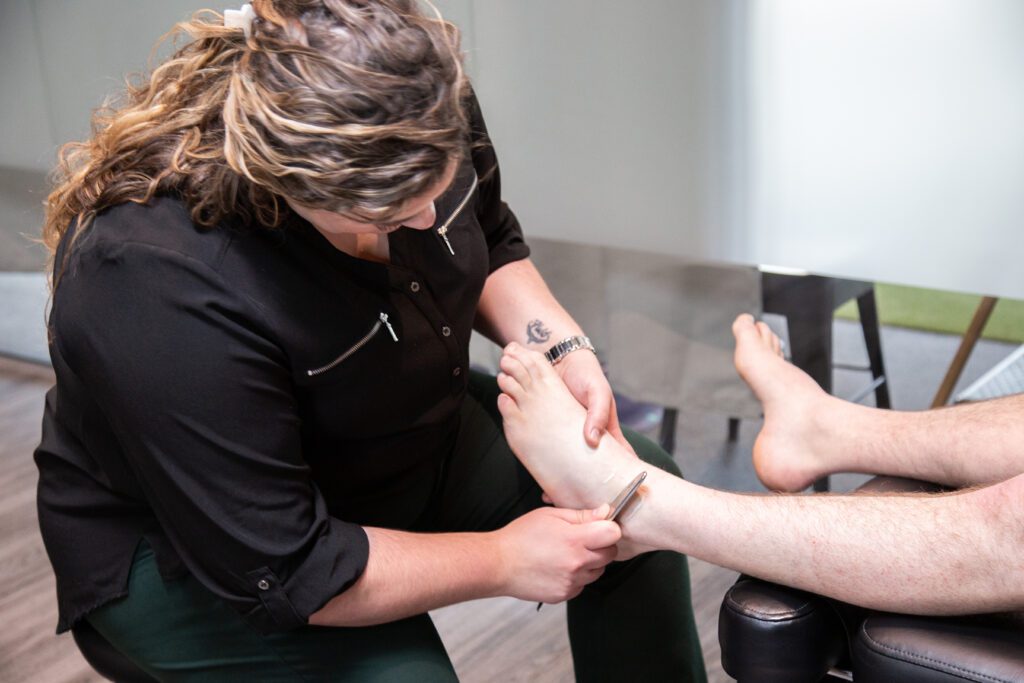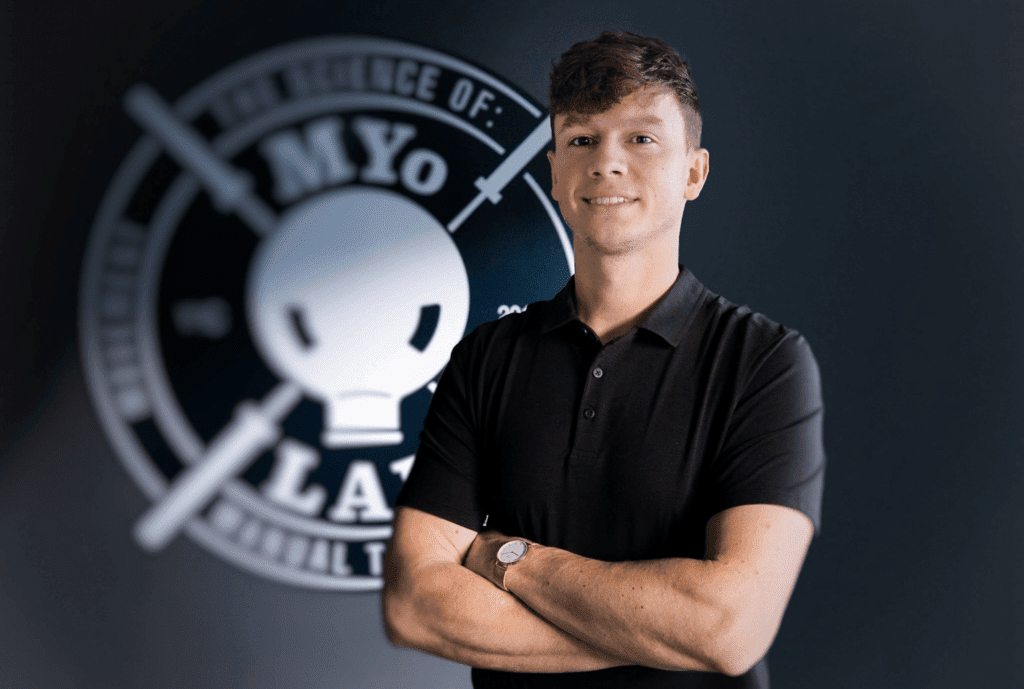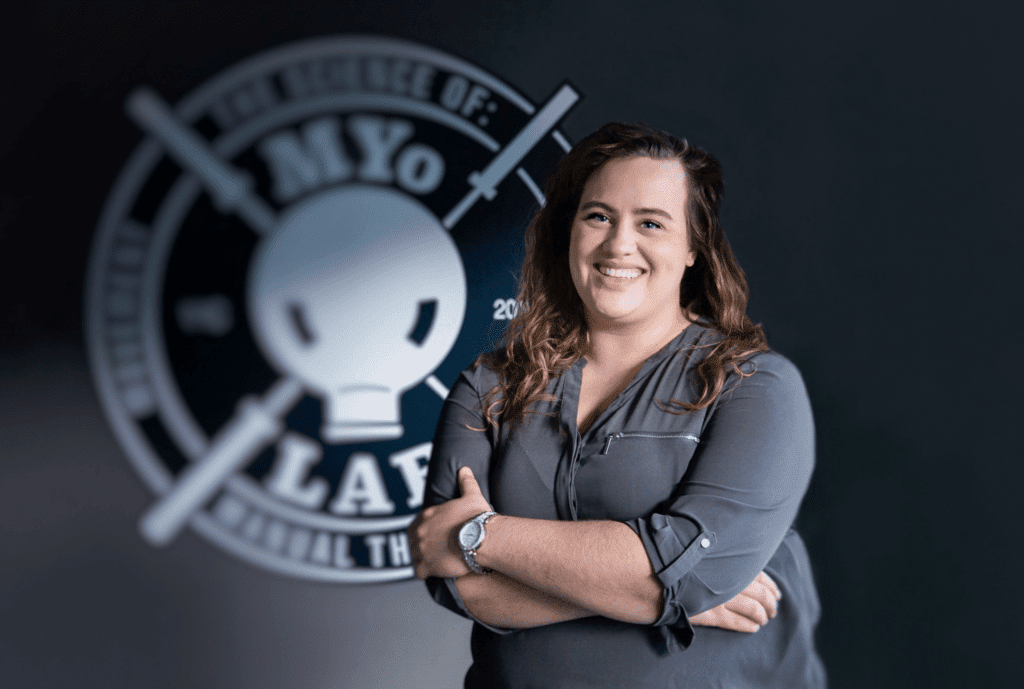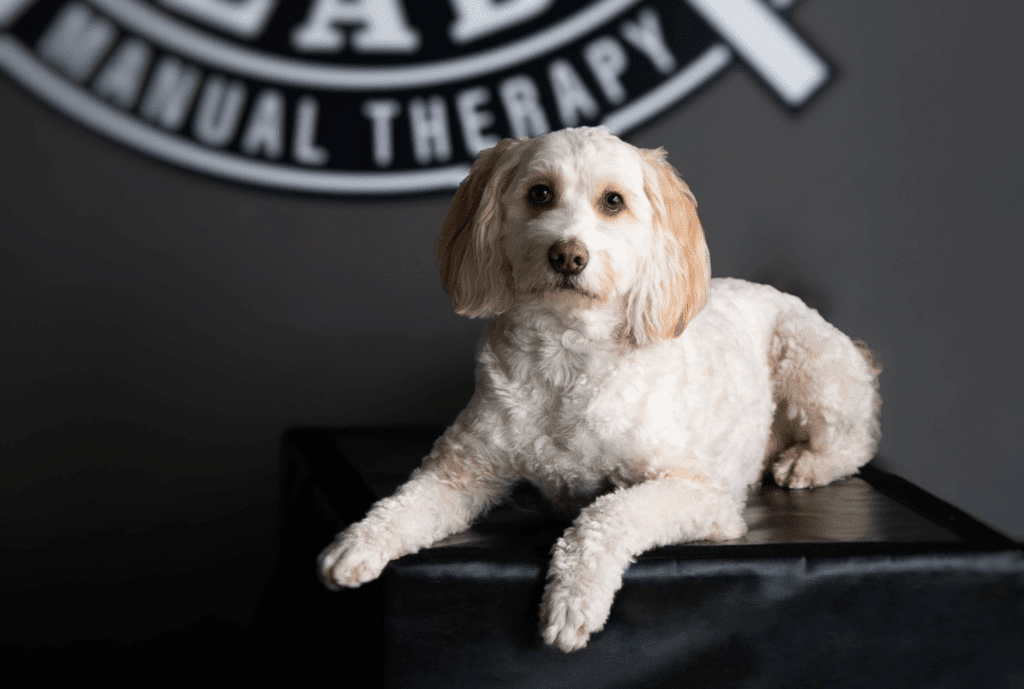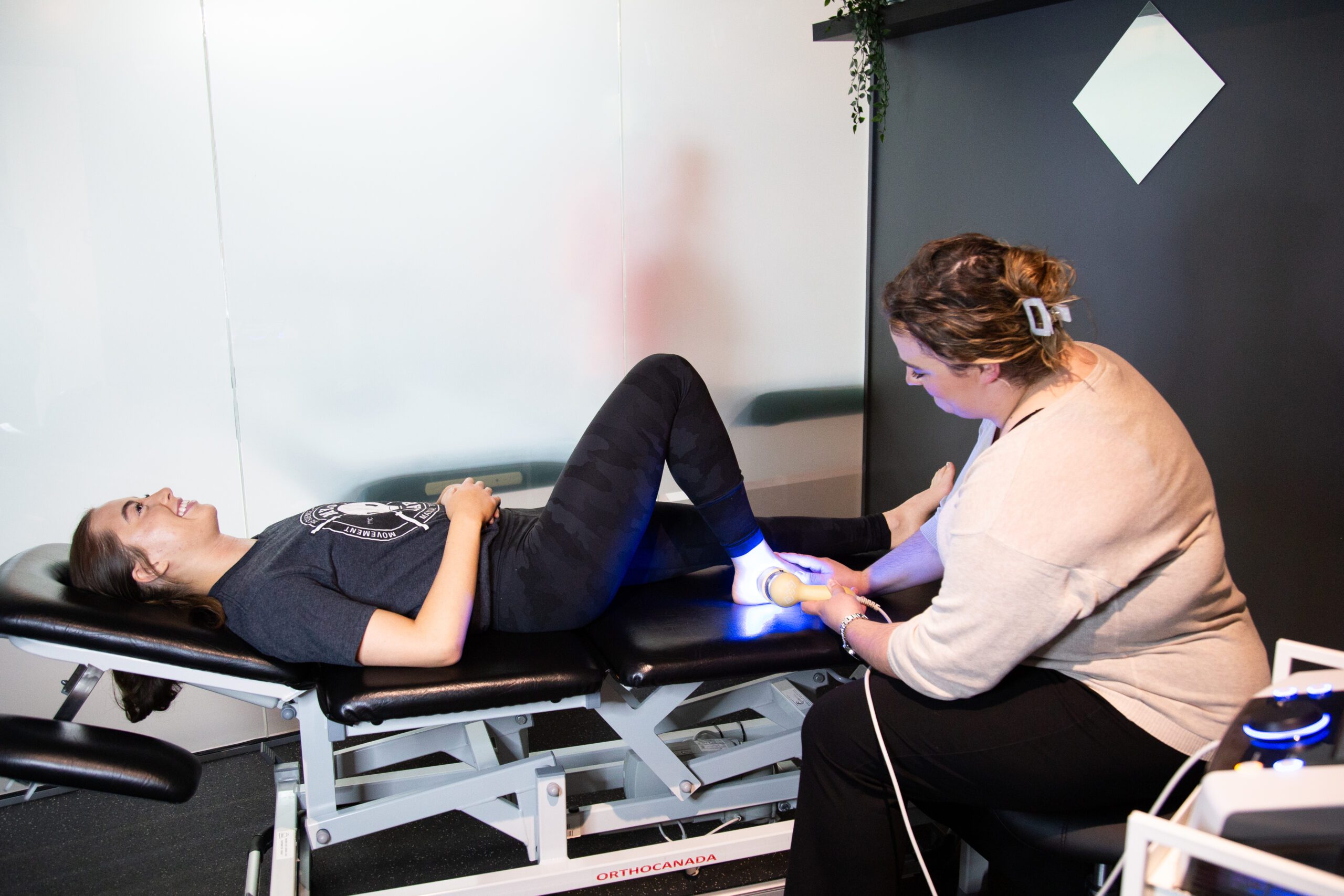Causes of Ankle and Foot Pain
There are several reasons for long-term pain. These are:
- Arthritis
- Achilles tendinitis
- Plantar fasciitis
- Stress fracture
- Sprained ankle
- Gout
- Bursitis
- Bunions
- Morton’s neuroma
- Bone spurs
- Fallen arches
- Lupus
- Tendinopathy
- Callus
- Hammertoe
- Improperly fitted shoes
- Infection
- Scleroderma
- Sprains and Strains
- Tarsal tunnel syndrome
- Poorly fitting footwear
Sign and Symptoms
The most obvious symptom is pain, of course. In addition to that, you may see:
- Redness and bruising in the area and the surrounding region.
- Localized or generalized swelling in the ankle or foot.
- Swelling may worsen with activity or at the end of the day.
- Limited range of motion in the ankle or foot.
- Pain when touching or pressing on specific areas.
- Difficulty bearing weight.
- A grinding or cracking sensation or sound in the joint.
If you experience any of these symptoms, especially if they persist or worsen, it’s important to consult a healthcare professional for an accurate diagnosis and appropriate treatment.
Chiropractic Approach to Treating Ankle/Feet Pain

We’re trained to assess and treat musculoskeletal issues, including those affecting the ankles and feet. To address pain and dysfunction in these areas, we use a combination of hands-on techniques, therapeutic exercises, and lifestyle recommendations.
But first, we get to the bottom of the problem. It’s not about quick fixes to manage temporary symptoms. Our approach will completely depend on each of our patient’s needs. There is no one-size-fits-all approach.
Broadly speaking, for conditions like arthritis, tendinitis, and plantar fasciitis, our team will employ joint mobilization, soft tissue techniques, and rehabilitative exercises to reduce inflammation, improve mobility, and strengthen surrounding muscles.
In cases of acute injuries such as sprained ankles or stress fractures, we focus on providing supportive care to promote healing and restore proper joint function. This may involve immobilization techniques, Cold Laser, gentle adjustments and/or stretches to compensating areas, and personalised rehabilitation programs.
For chronic conditions like gout, bunions, or Morton’s neuroma, our approach is holistic approaches to manage symptoms, including dietary and lifestyle recommendations, ergonomic adjustments, and supportive therapies (including, but not limited to, Shockwave Therapy, Custom Foot Orthotics, etc.) to alleviate pain and discomfort.
It also comes down to underlying biomechanical issues that contribute to foot and ankle problems, such as fallen arches, hammertoes, or improperly fitted shoes. Here, we want to correct alignment issues and provide guidance on proper footwear and foot care to prevent further complications.
The focus is always to slowly and gradually improve mobility—to keep you moving.
For more on our approach, watch Dr. Evan Schwindt as he takes you through an entire ankle rehabilitation protocol from top to bottom.
